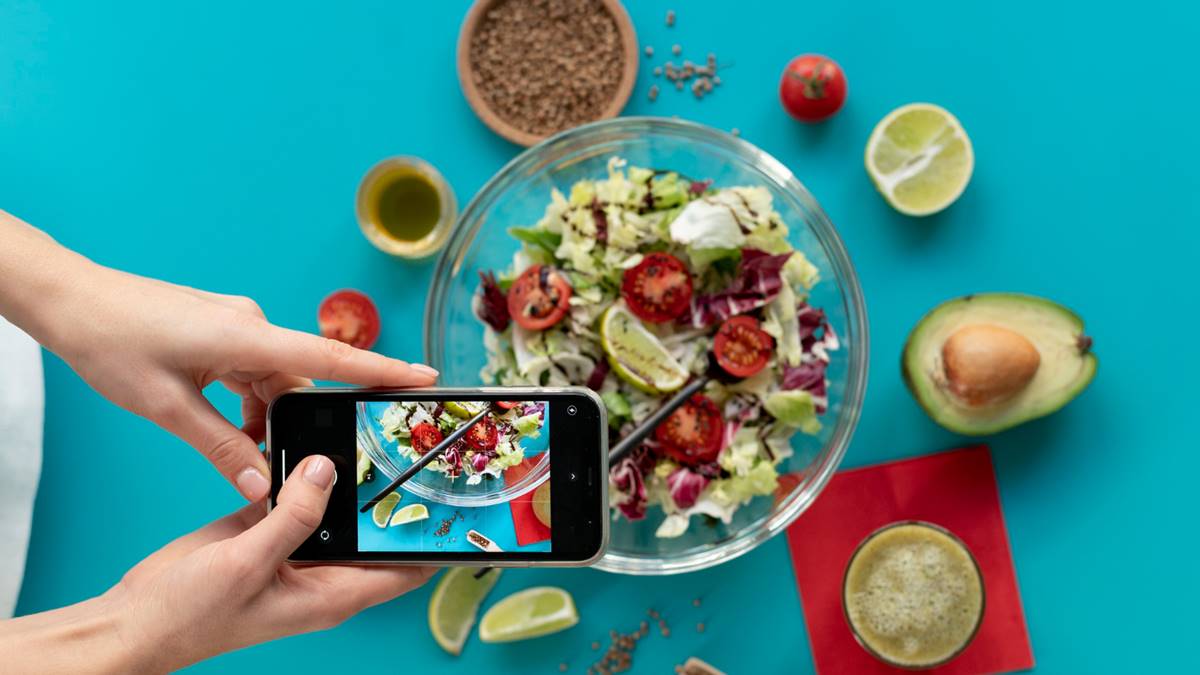Hello, foodie friends! Are you ready to dive into the vibrant world of modern healthy eating? It’s a landscape teeming with innovative ingredients and intriguing combinations, all geared toward enhancing your health without sacrificing taste. Today, we’re not just looking at what makes these foods tick; we’re exploring how they can transform your meals into something deliciously nutritious.
In our quest to eat better, it’s often easy to feel overwhelmed by trends that come and go faster than you can say “quinoa.” But fear not! I’m here to guide you through some of the staples of modern healthy foods that have proven their worth in both kitchens and scientific studies. From the mighty avocado to the versatile coconut oil, let’s unravel the secrets of today’s top healthy ingredients and how they can elevate your culinary creations.
Avocado – The Fatty Wonder
Let’s start with a crowd favorite: the avocado. This creamy fruit is loaded with healthy fats, particularly monounsaturated fat, which can help reduce bad cholesterol levels in your blood and lower your risk of heart disease and stroke. But it’s not just about what it takes away. Avocados are rich in vitamins E, C, and K and have more potassium than bananas. They’re incredibly versatile, making them a fantastic addition to everything from smoothies and salads to toast and even brownies!
Quinoa – The Protein Powerhouse
Quinoa has been around for thousands of years, but it’s only recently that this seed (yes, it’s not a grain!) has taken the health world by storm. It’s one of the few plant foods that contain all nine essential amino acids, making it a complete protein source, which is music to the ears of vegans and vegetarians. Quinoa is also high in fiber, magnesium, B vitamins, iron, potassium, calcium, phosphorus, and vitamin E. Use it as a base for salads, a healthy replacement for rice, or even make a sweet breakfast porridge.
Coconut Oil – The Controversial Fat
Now, onto a more debated modern health food: coconut oil. This oil has had its share of supporters and detractors. While it’s higher in saturated fat, which has traditionally been linked to heart disease, the main type of saturated fat in coconut oil is lauric acid, which can improve cholesterol levels and help kill bacteria and other pathogens. The fat in coconut oil also tends to boost metabolism more than other fats and increase the feeling of fullness. Whether you’re frying, baking, or making a smoothie, coconut oil can be a great addition to your kitchen arsenal.
Fermented Foods – The Gut-Friendly Trend
Fermented foods like kefir, sauerkraut, kimchi, and kombucha have gained popularity due to their health benefits, primarily through enhancing gut health. The fermentation process creates beneficial probiotics, which are live bacteria and yeasts that are good for your digestive system. Eating fermented foods can boost your immune system, help prevent obesity, and may even improve your mental health.
Almond Milk – The Dairy Alternative
As people search for dairy alternatives, almond milk stands out for its light texture and nutty flavor. It’s a boon for those with lactose intolerance or dairy allergies. Rich in vitamin D and calcium (when fortified), it’s good for your bones and doesn’t raise blood sugar levels sharply, making it a suitable option for diabetics. Almond milk is also lower in calories than cow’s milk, helping you manage your weight more effectively.
The New Snack Favorite
And what about when you’re hankering for a snack? That’s where our featured peanut butter rice crispy recipe comes into play. Combining the wholesomeness of peanut butter with the delight of puffed rice, and a touch of coconut oil for smoothness, this treat is not only satisfying but also packs a healthier punch than your average store-bought snack bars.
Embracing Healthier Eating
As we explore these ingredients and incorporate them into our diets, it’s important to remember that eating healthy doesn’t have to be about strict limitations or staying unrealistically thin. It’s about feeling great, having more energy, improving your outlook, and stabilizing your mood.
There’s no one-size-fits-all eating plan, so experiment with these ingredients and find what works best for you. Whether you’re adding a scoop of avocado to your salad, replacing rice with quinoa, or treating yourself to a homemade peanut butter rice crispy bar, the key is balance and moderation.
So, go ahead—mix, match, and make these foods a part of your daily diet. Here’s to making every meal an adventure in health without losing an ounce of flavor. Cheers to your health!
